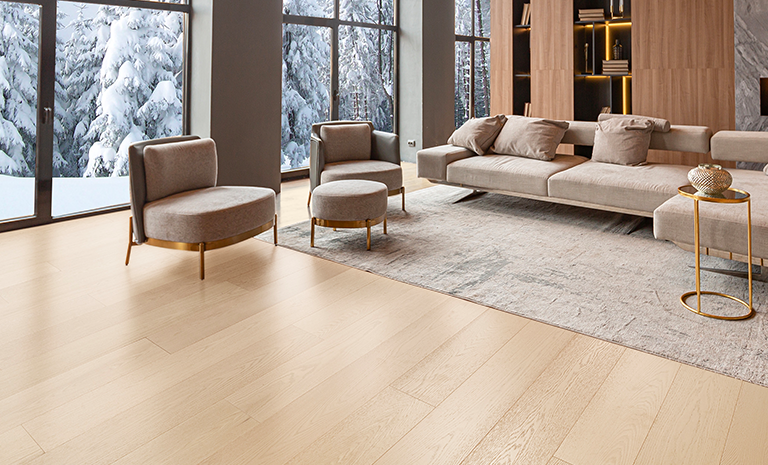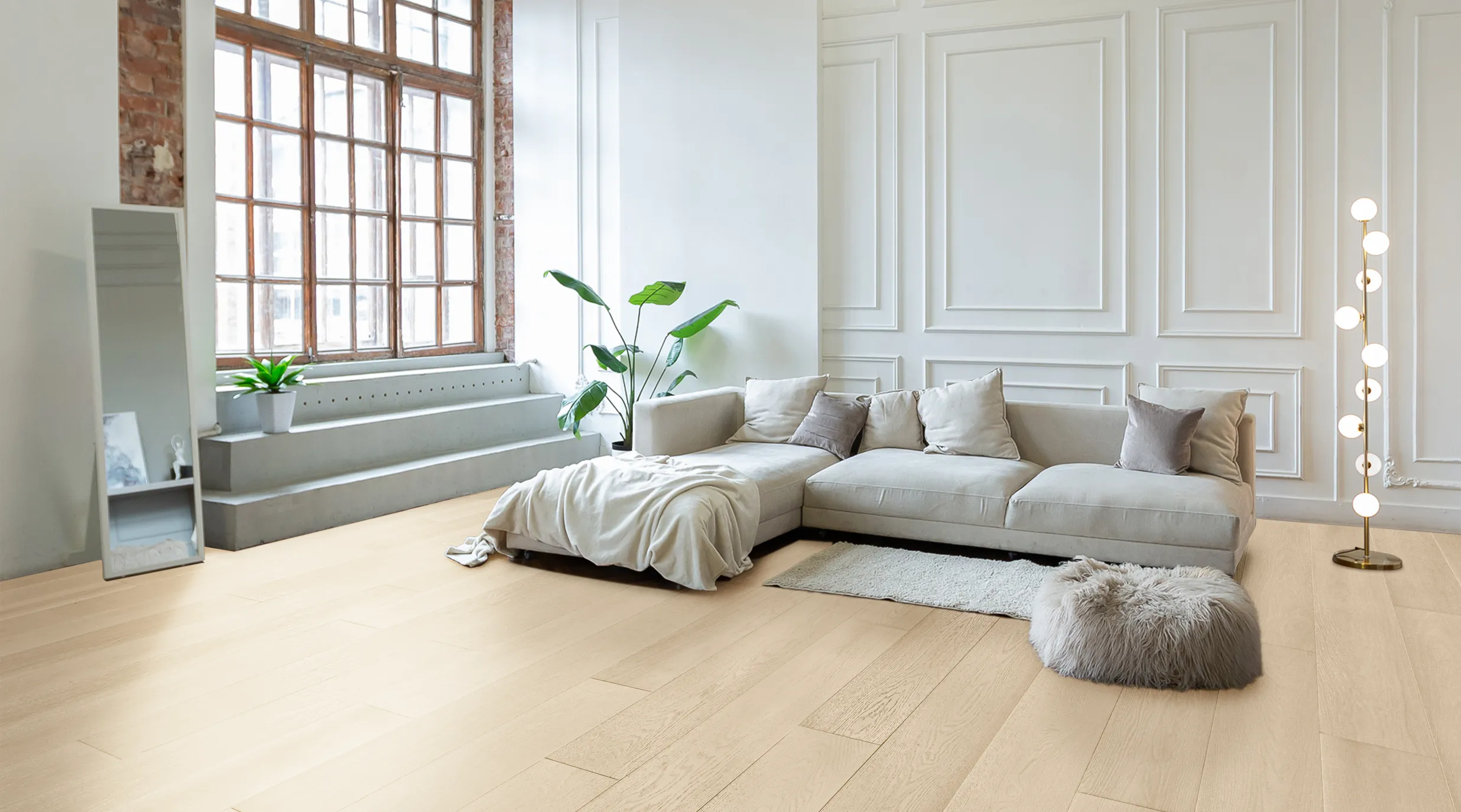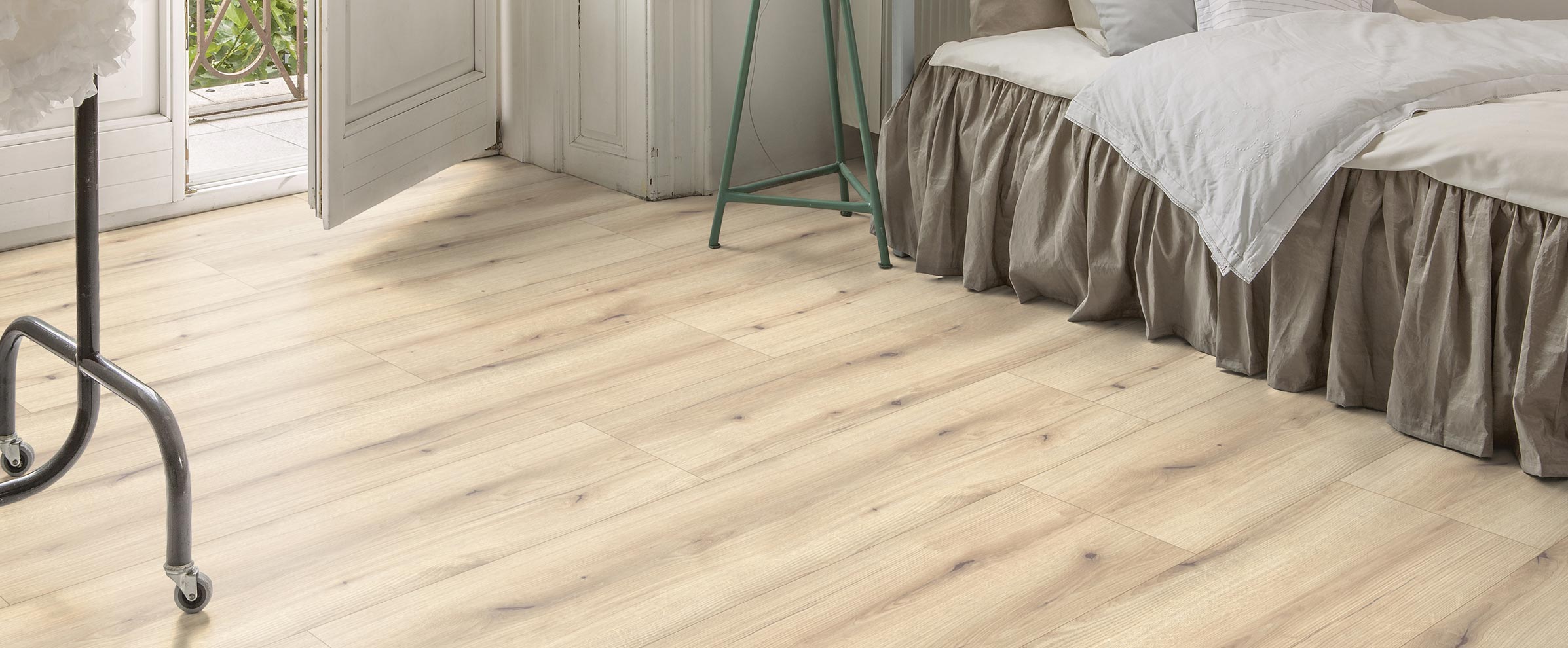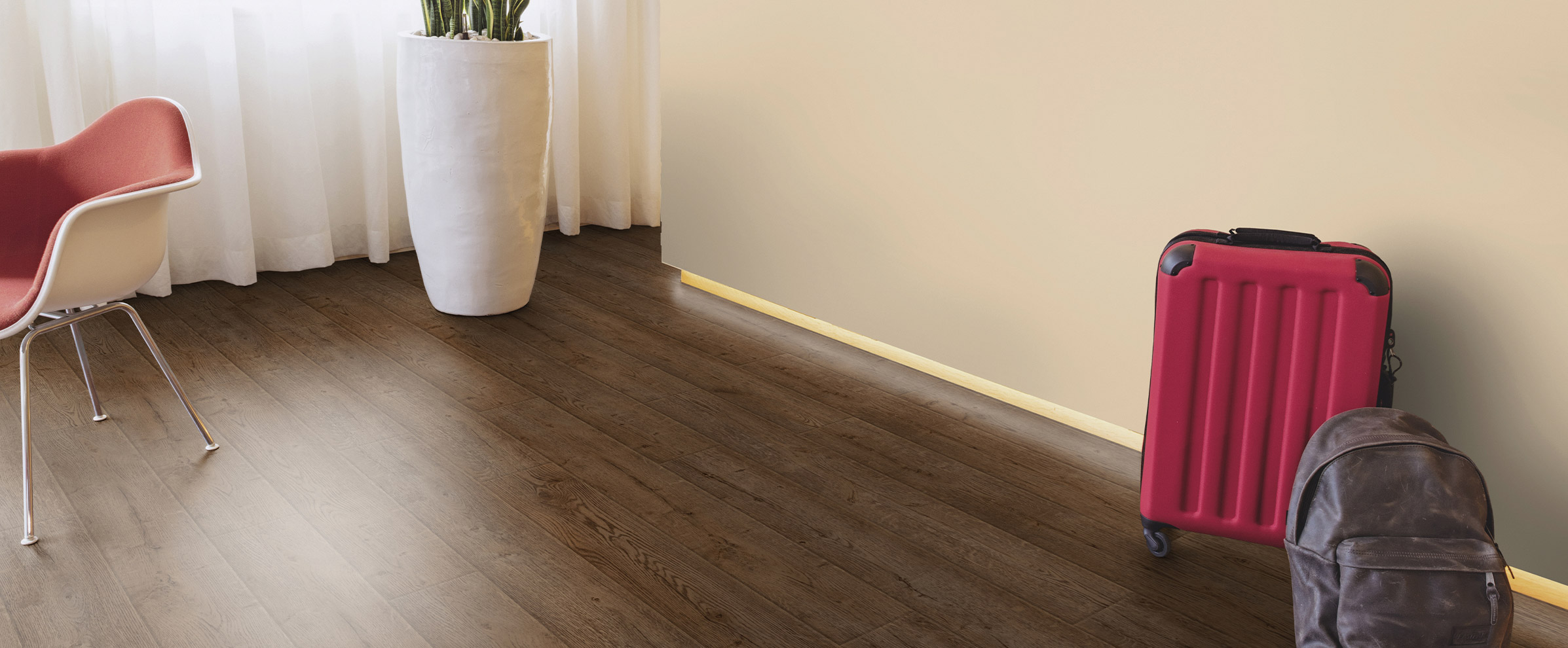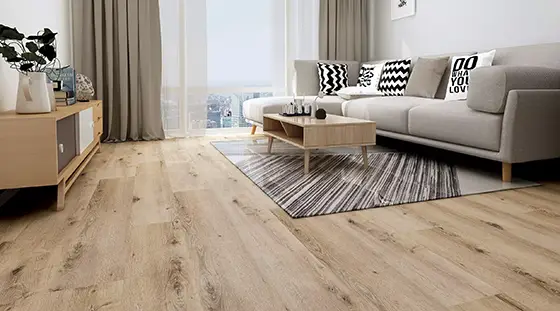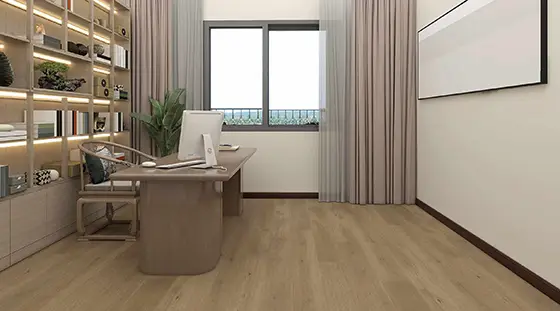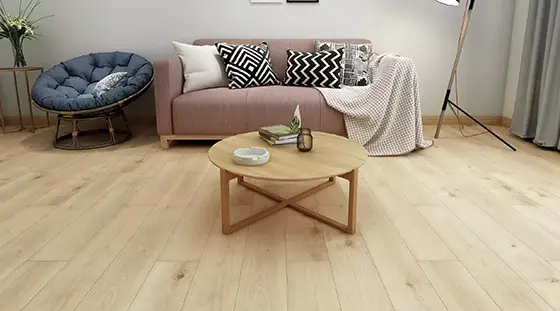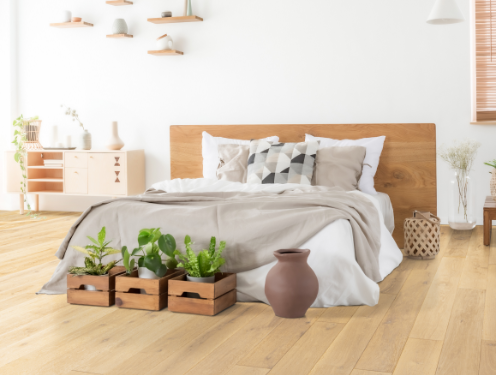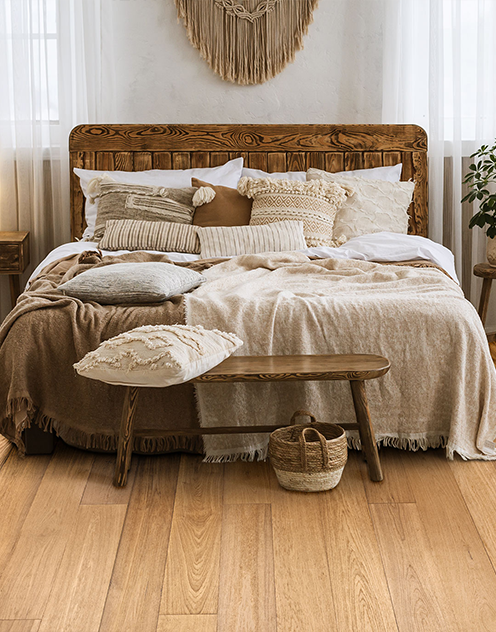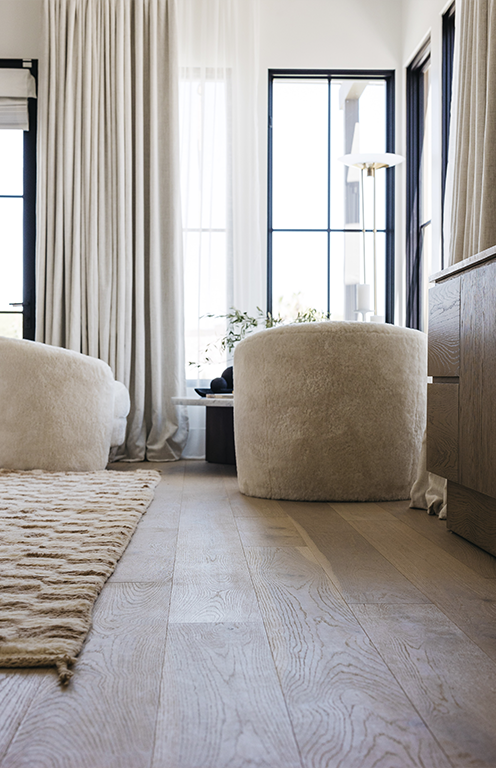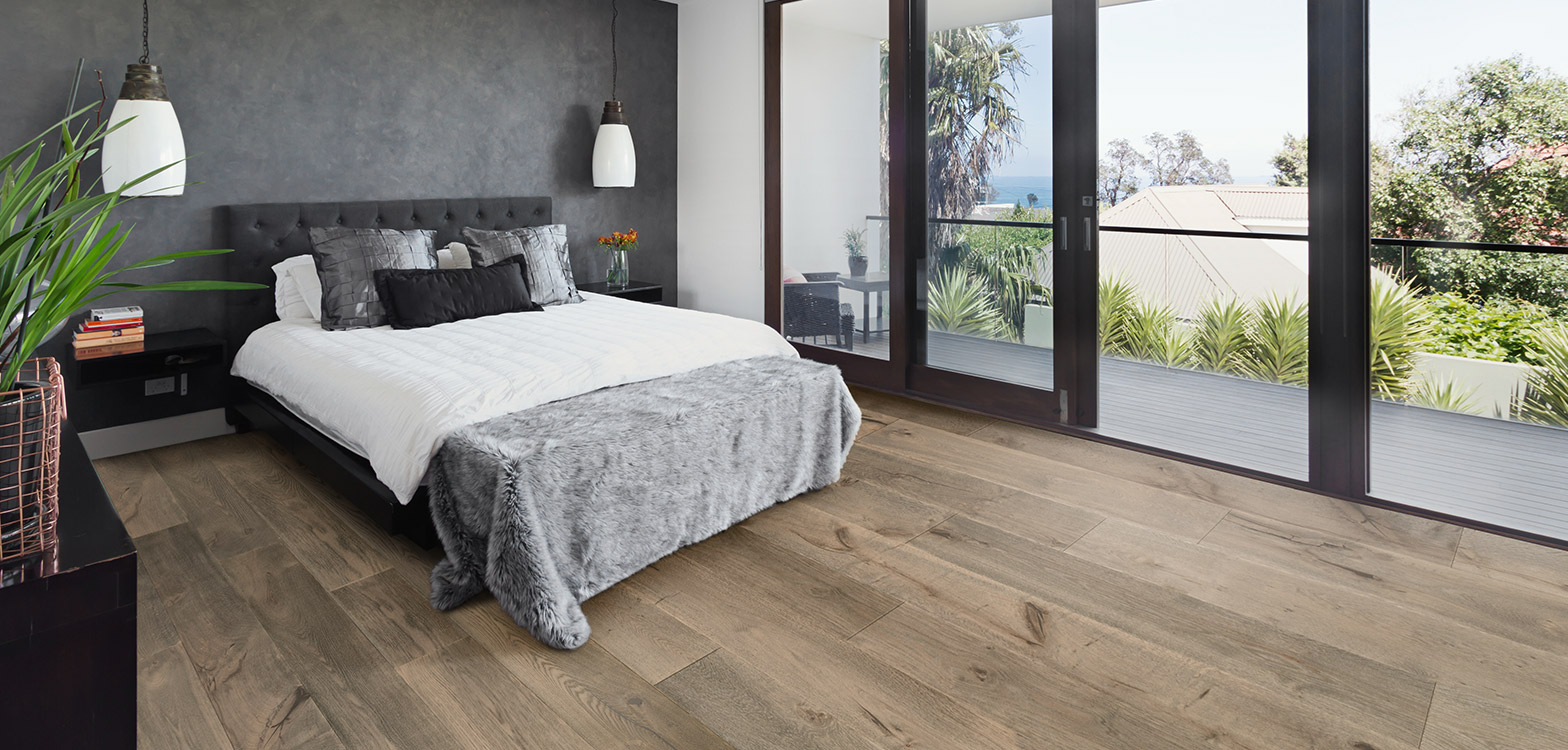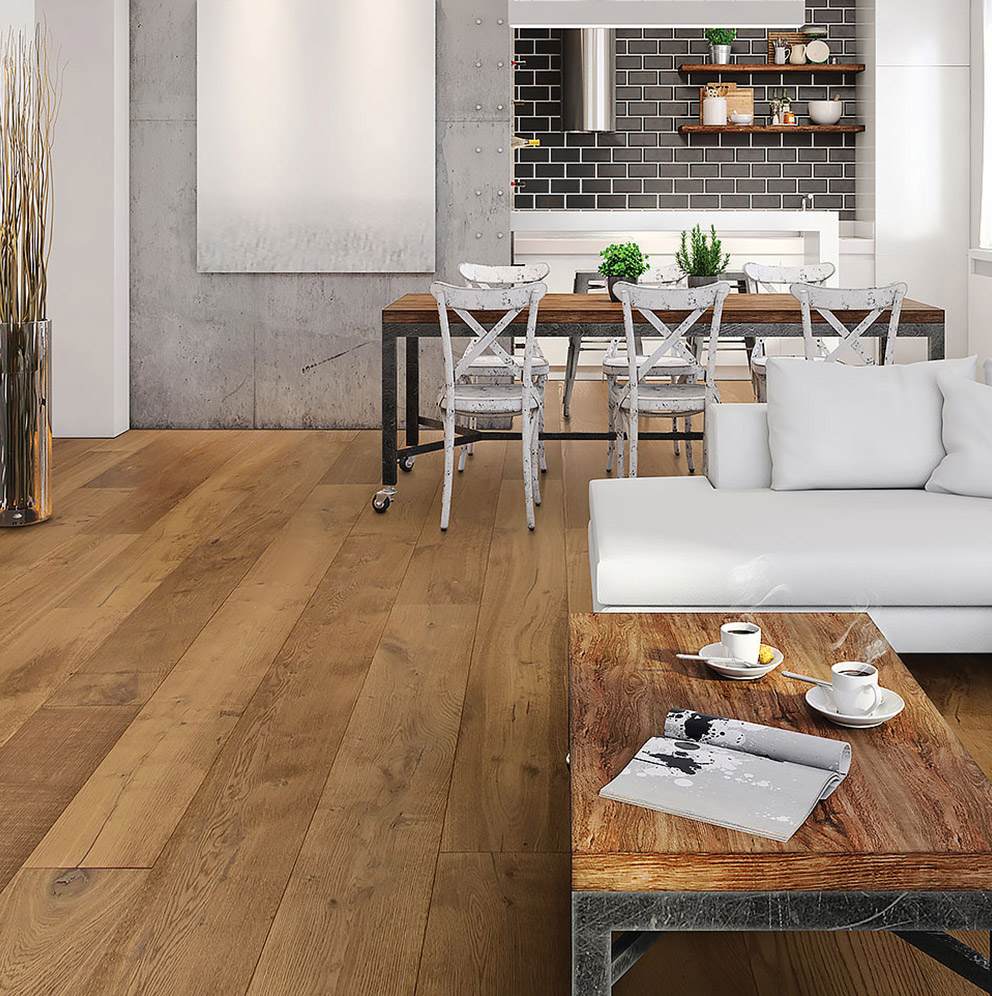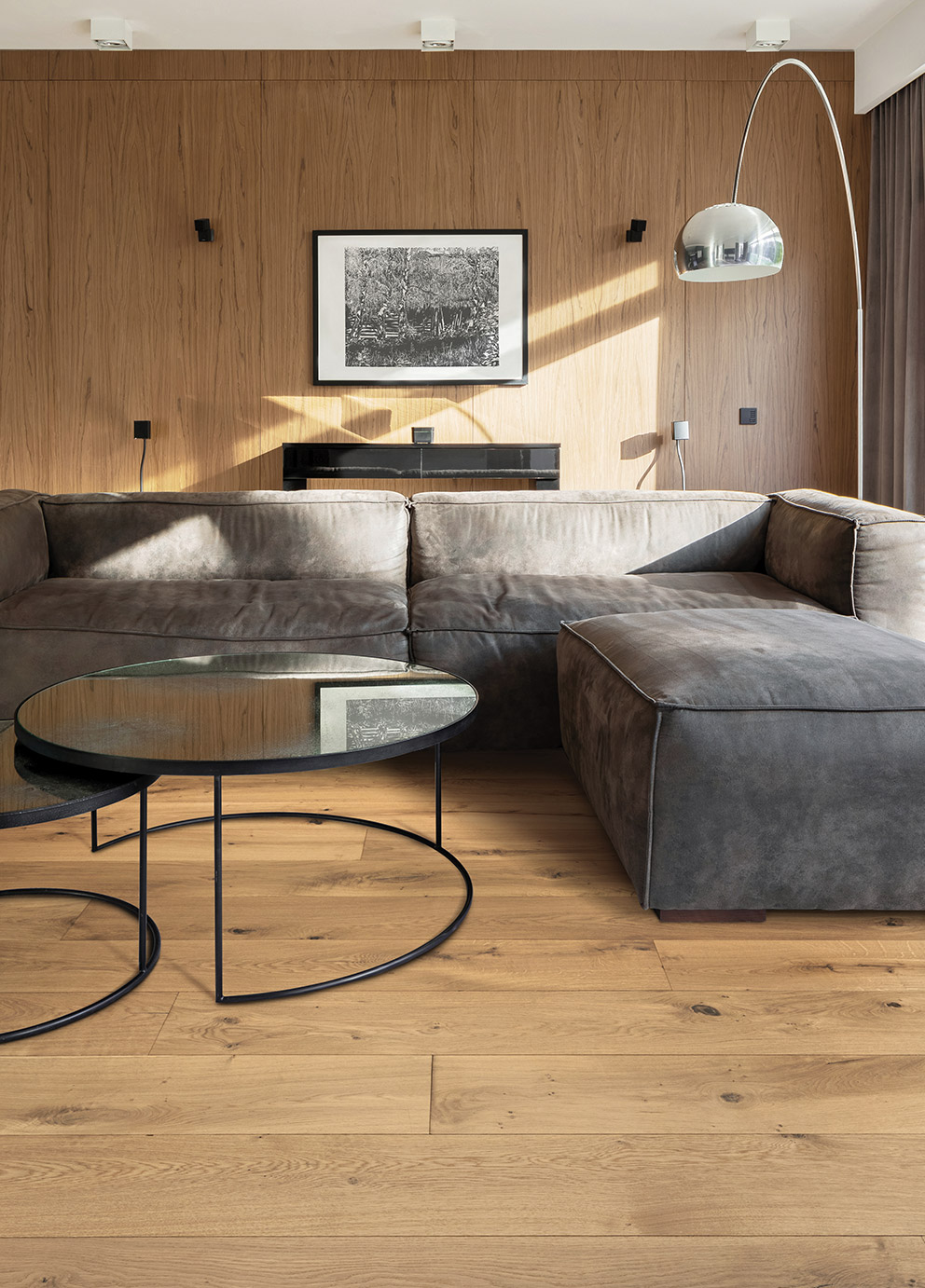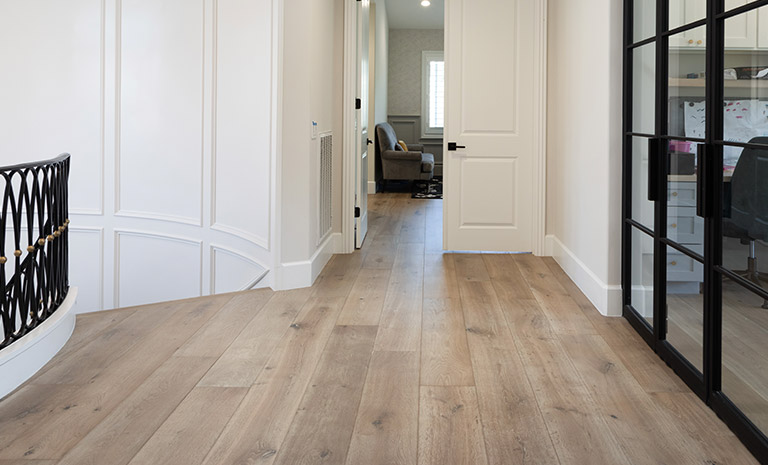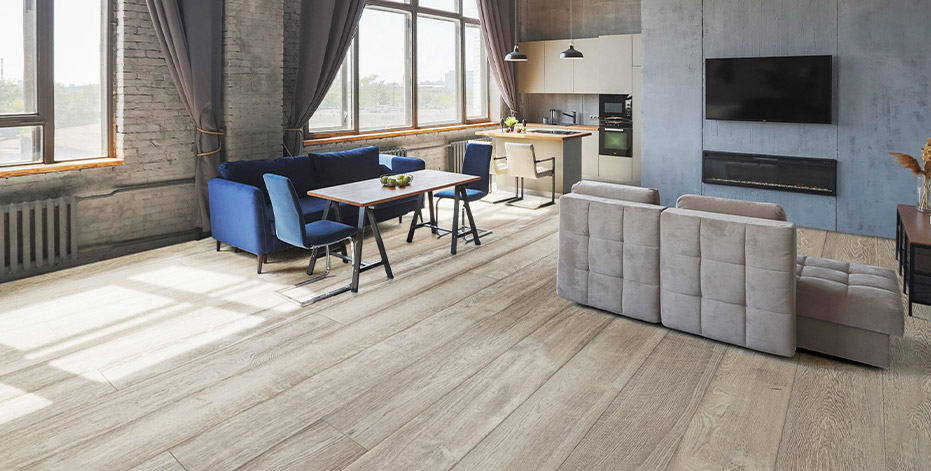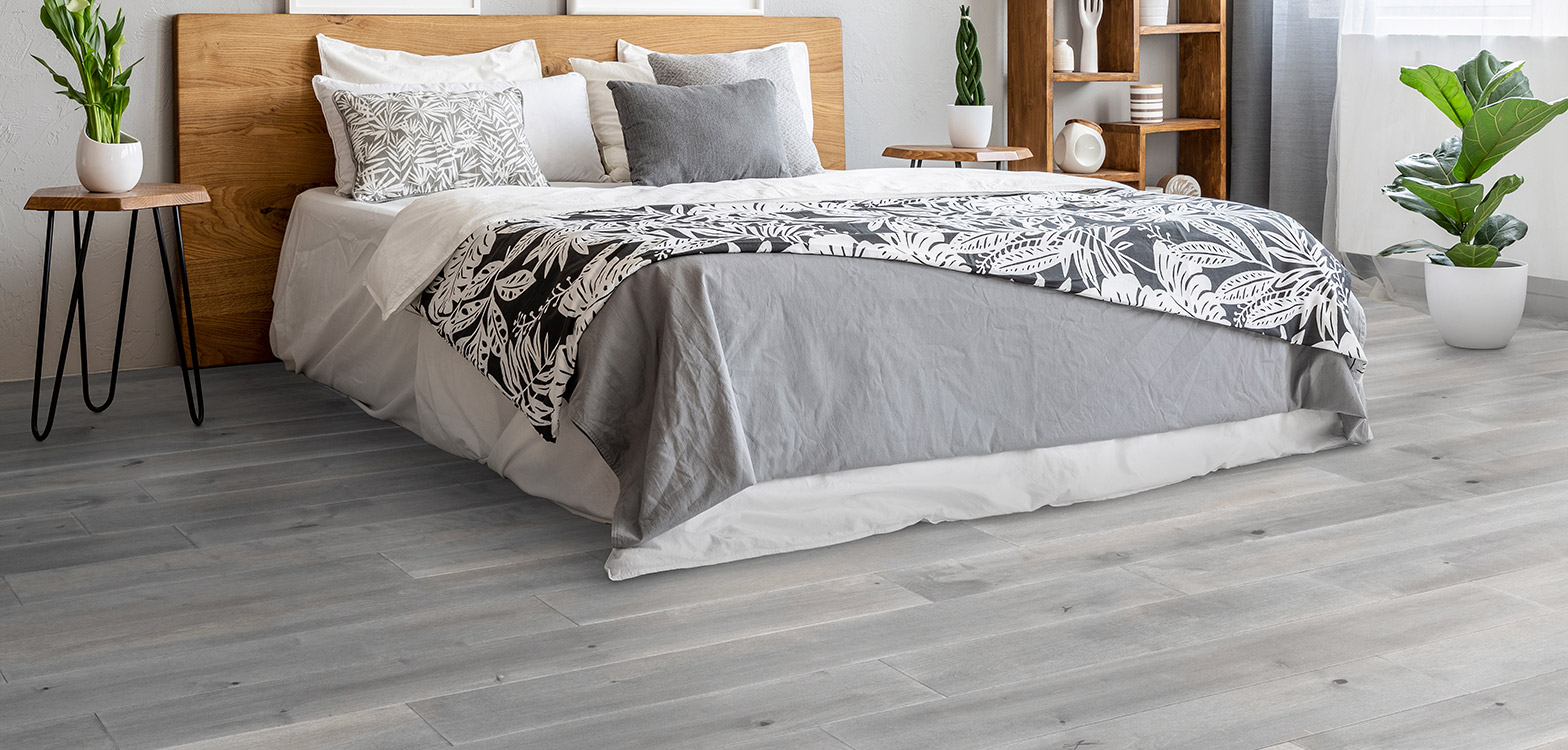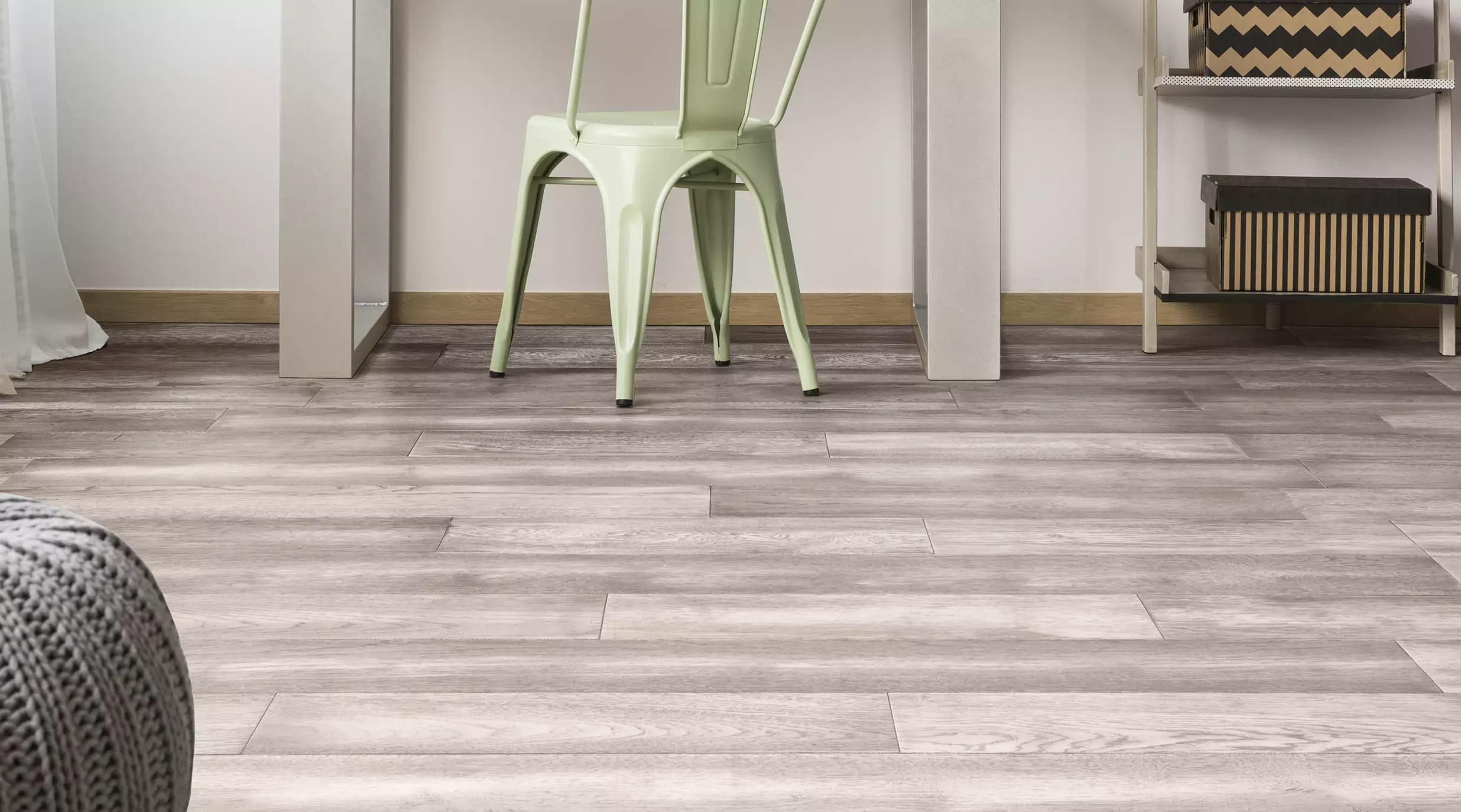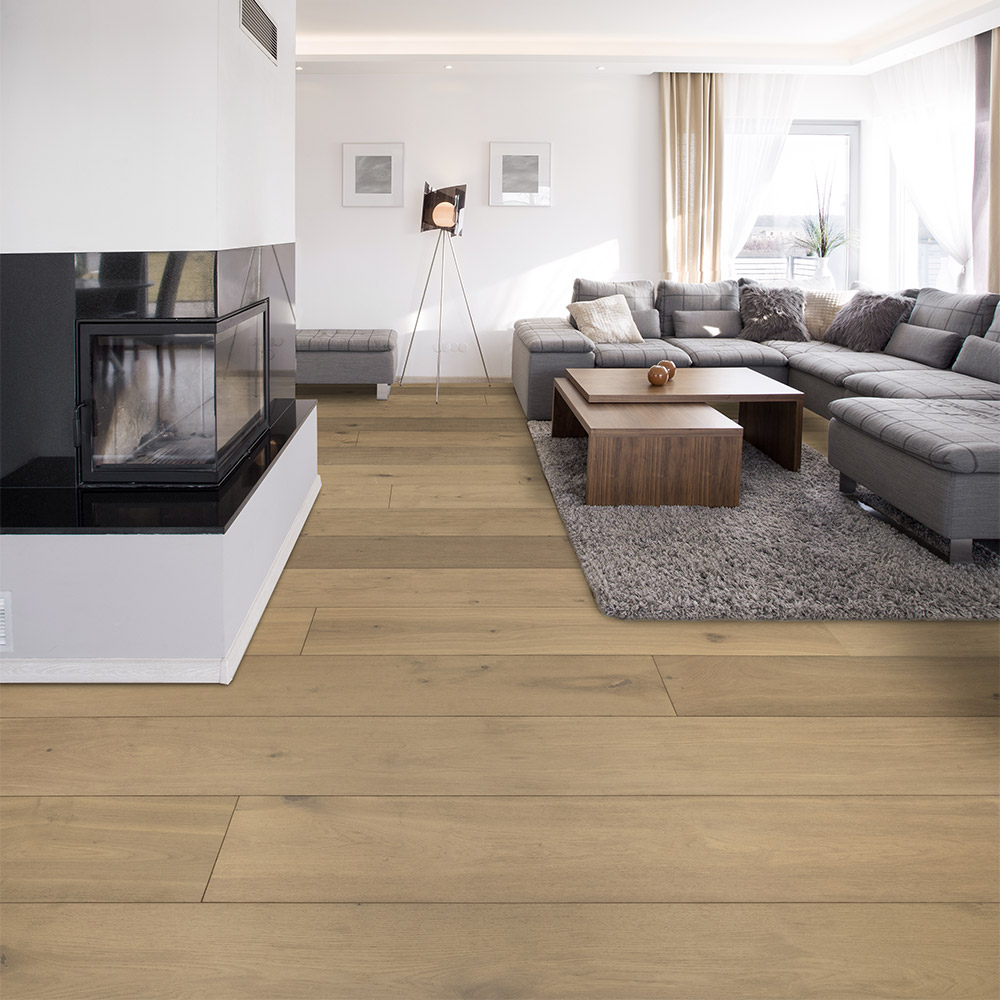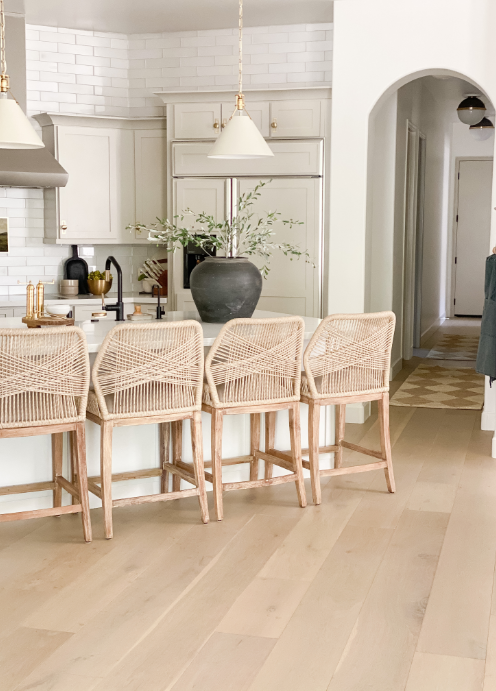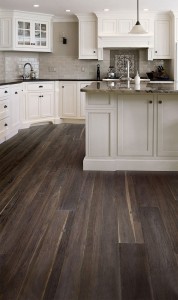 Cupping is an aspect of hardwood floors that some people will notice, but others will not. Of course, those who are experienced in the industry/trade will spot these imperfections with ease. But some of us will not & this guide is created for people like you.
Cupping is an aspect of hardwood floors that some people will notice, but others will not. Of course, those who are experienced in the industry/trade will spot these imperfections with ease. But some of us will not & this guide is created for people like you.
Wood Floor Cupping 101
Let’s begin with defining exactly what “wood floor cupping” is. When the sides of hardwood floors are higher than the center of the boards, then it will produce a concave-like appearance or pattern. This is what cupping is. It doesn’t matter if the hardwood flooring is solid or engineered, this phenomenon may occur to both types.
We won’t go into more advanced details, but the issue arises from a response by the wood floors to changes in moisture content. However, we want to mention that cupping in engineered wood floors is reduced because of the integrity structure in which they are manufactured. Engineered wood floors use a backer, which is often plywood, to specifically provide stability in changing moisture conditions. Neat, right?
See: Understanding Moisture & Hardwood Floors.
The Reality of the Situation
In a large majority of cases, people have their hardwood floors installed by a professional who take into account moisture levels and the type of subfloor that your floors are installed on. By factoring in all of the components, the chances of someone experiencing cupping with their hardwood floors are reduced. Anyone who has installed hardwood floors on their own may (i.e. the DIY’ers) find these issues more troubling and frequent.
And the honest reality of the situation is that – in most cases – cupping may occur, but it may not be enough for the owner or anyone else to notice.
What if I Notice Cupping in My Wood Floors?
If you happen to spot cupping on your wood floors, enough that it bothers you every time you lock sight on it, then we absolutely suggest hiring a professional to analyze the situation, and work towards a fix. Because cupping occurs on a board-to-board basis, most often only a couple of boards will need to be replaced.
Understand that wood floor cupping most often occurs in the wintertime because of rapidly changing moisture levels. If your wood floors are installed during this time, then the professional in charge of installation should be well aware of the issue and work towards preventing it from occurring by installing your hardwood floors correctly.

